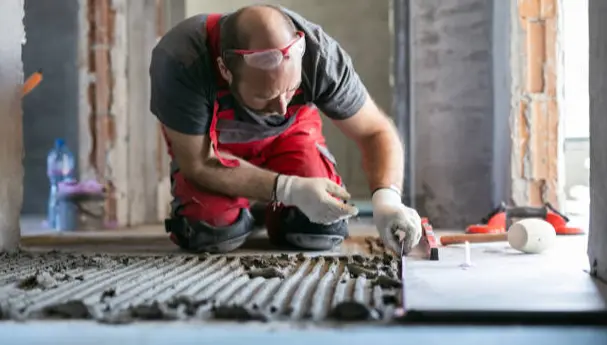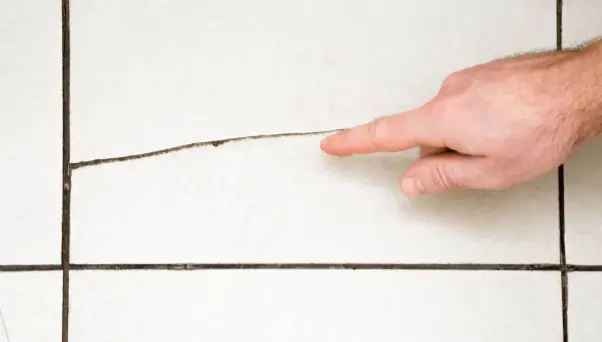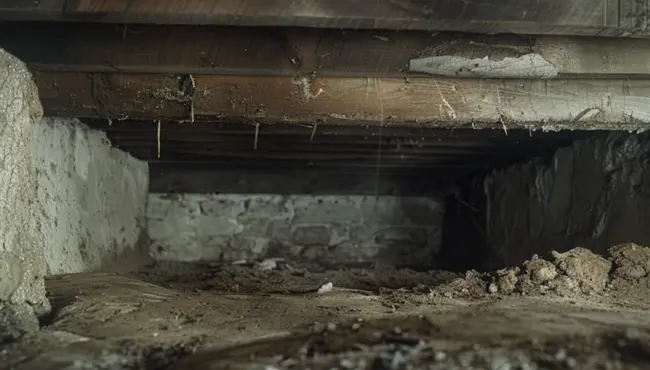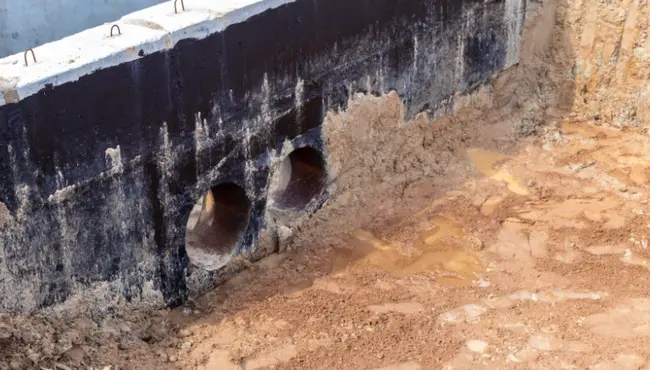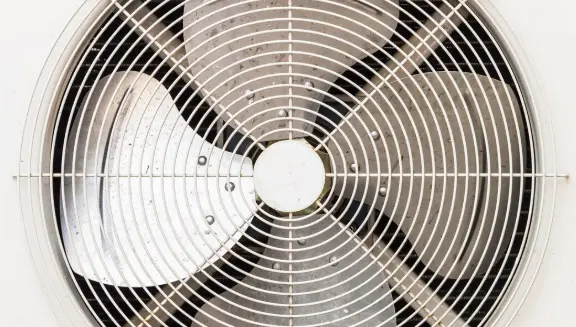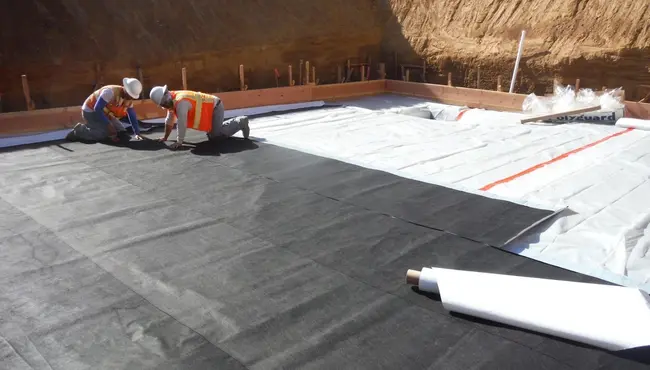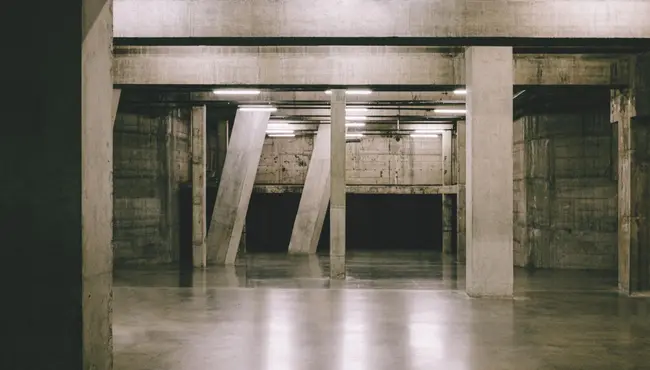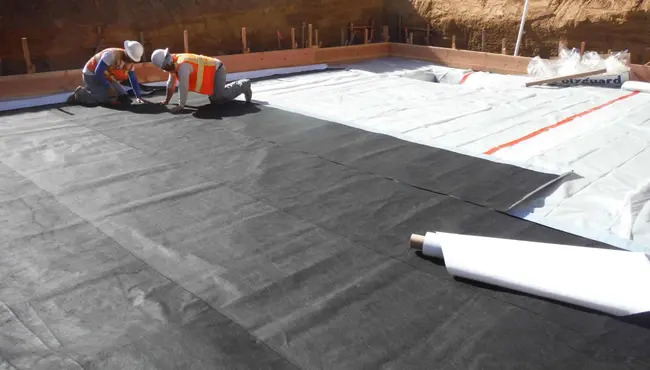Tile floors and walls are known for looking great and holding up over time. But what you can’t see underneath the tile is just as important as the tile itself. Before tile is installed, the surface underneath — called the subfloor — must be prepared to handle everyday use, movement in the building, and other stresses. That’s where a tile underlayment membrane comes in. This hidden layer helps keep your tile from cracking, shifting, or breaking, even if the subfloor moves.
Why What’s Beneath the Tile Matters
Tile is a go-to choice for busy areas because it’s tough and attractive. But even the strongest tile can crack if the floor below it shifts or settles. Many installers use backer boards on wood subfloors for extra strength, but these boards can’t stop cracks caused by movement in the subfloor. Only a tile underlayment membrane can stop those cracks from reaching the tile, keeping everything smooth and intact.
The Role of Membranes in Every Tile Installation
Concrete floors often develop small cracks as they dry or settle, and wood floors can shift with changes in humidity and temperature. While backer boards give support to wood subfloors, they don’t help much with these kinds of movements. That’s where membranes come in. A membrane acts like a shock absorber, handling the shifts in the subfloor so the tile doesn’t have to. Backer boards and membranes do different jobs, and both are important for a strong, long-lasting tile installation.
What Makes a Quality Tile Underlayment Membrane
Not every tile job is the same. On real job sites, subfloors move and change because of things like building movement, temperature changes, and daily wear and tear. If there’s no membrane in place, this movement puts stress right on the tile and grout, which can lead to cracks. A good membrane handles this stress and protects the tile by absorbing that movement. It gives the whole tile system the flexibility it needs to stay looking good, even when the floor underneath isn’t perfect.
Why Membranes Are the Reliable Defense Against Cracking
Tile underlayment membranes allow the tile and the floor underneath it to move separately — this is called “uncoupling.” It’s a key feature that stops small shifts in the subfloor from turning into cracks in your tile. If you’re working with old concrete or wood floors that react to moisture, a membrane acts like a cushion that protects your tile from that movement. Without it, those stresses can cause damage over time. And once a tile cracks, fixing it can be costly and take a lot of effort. Using a membrane from the start helps keep your tile looking great and prevents problems before they begin.
Meeting Structural and Environmental Demands

Polyguard’s Tileguard™ was made with real construction challenges in mind. It’s a thick, flexible, peel-and-stick membrane that forms a strong layer between your subfloor and your tile. Its flexibility is what helps it move with the subfloor without damaging the tile above. This kind of performance is especially helpful when installing over floors that are prone to shifting or settling.
Accommodating Subfloor Irregularities
Even a carefully installed concrete or wood subfloor can develop issues. Concrete tends to shrink and crack over time, while wood expands and contracts with moisture. A rigid surface won’t adjust to these changes — but a tile underlayment membrane will. It flexes and protects the tile above from cracks caused by the floor underneath. This is especially important when using large-format tiles, which cover more space and are more likely to break if there’s a problem with the subfloor. A membrane smooths out minor flaws and keeps everything strong.
Why Installation Efficiency Matters
On any construction site, time and speed are critical. Materials that take too long to install or require extra steps can slow down the whole project and add to the cost.
Simplifying Installation Without Compromising Performance
Self-adhesive membranes make the installation process quicker and easier. Once the subfloor is ready, the membrane sticks right on — no need for extra glue or waiting for anything to dry. That means you can start laying tile right away. On tight schedules — like in hospitals, offices, or busy commercial buildings — this can save time and money. Plus, you still get the long-term protection that keeps tile looking good.
Sound Control Benefits of Tile Underlayment Membranes
Tile is tough, but it’s not quiet. Every step or dropped item can send sound into the rooms below — especially in apartment buildings, hotels, or offices. Tile underlayment membranes help reduce this sound transfer by adding a soft layer that absorbs impact noise.
Improving Acoustic Comfort in High-Traffic Spaces
Adding a membrane under tile helps make floors quieter, which is a big plus in buildings with multiple tenants or shared spaces. This makes rooms feel more private, more comfortable, and less noisy — all while keeping the strength and style of tile flooring.
Large-Format Tiles: Greater Risks and the Role of Membranes
Big tiles are trendy right now, but they come with some extra risks. Because they cover more space, even small issues in the subfloor can lead to cracks.
Why Membranes Are Critical for Large-Format Installations
Large tiles can’t flex or adjust like smaller tiles can. That means even the tiniest bump or crack underneath can cause them to break. A tile underlayment membrane gives the tile a smoother, more stable base and cushions against movement. If you’re using large tiles in a modern design, using a membrane isn’t optional — it’s essential for making sure the finish looks clean and lasts long-term.
Choosing the Right Membrane for the Job
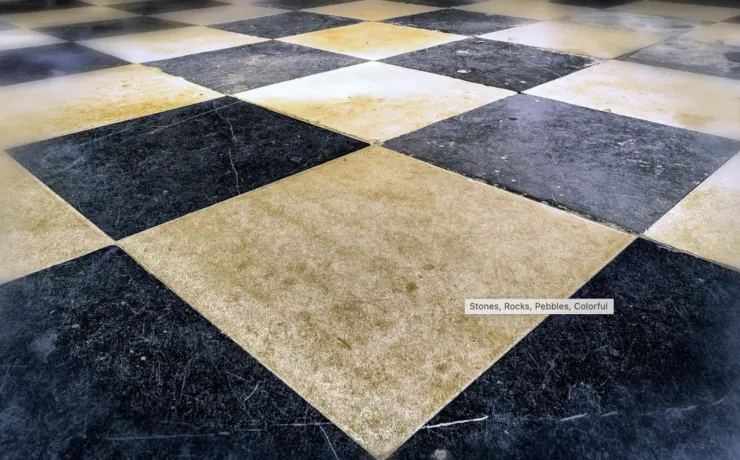
Picking the right membrane really matters. The best tile jobs use materials that are built to last and meet industry standards — especially in busy areas or large projects where any damage could be a big deal. A good membrane not only protects the tile but gives you peace of mind knowing the surface will stay solid and crack-free.
Meeting Industry Standards for Professional Installations
Not all tile underlayment membranes are created equal. To make sure a tile installation is properly protected, professionals look for products that meet certain industry standards. One important standard is ANSI A118.12, which deals with crack isolation — basically, how well a membrane prevents cracks in the subfloor from reaching the tile above.
Polyguard’s Tileguard™ meets this key standard, so contractors can trust that it’s built to handle the real stress and movement that happens under tile over time. And if your project also needs waterproofing, no problem — you can add a separate waterproofing layer along with Tileguard™ without losing any of its crack protection. That makes it a flexible solution for tough jobs, especially where both durability and moisture protection matter.
Build Long-Lasting Tile Projects with Polyguard
Polyguard’s tile underlayment membranes are made to give your tile installation the best possible start — helping it stay strong, resist cracks, and last for years to come. Whether you’re a contractor or tackling a big project, Tileguard™ is designed to protect your investment from the ground up. Contact us today for more information.


